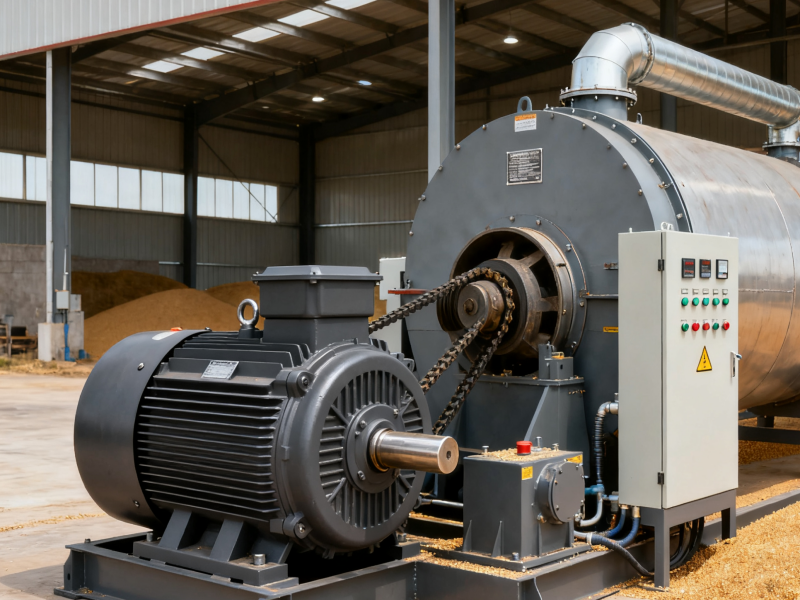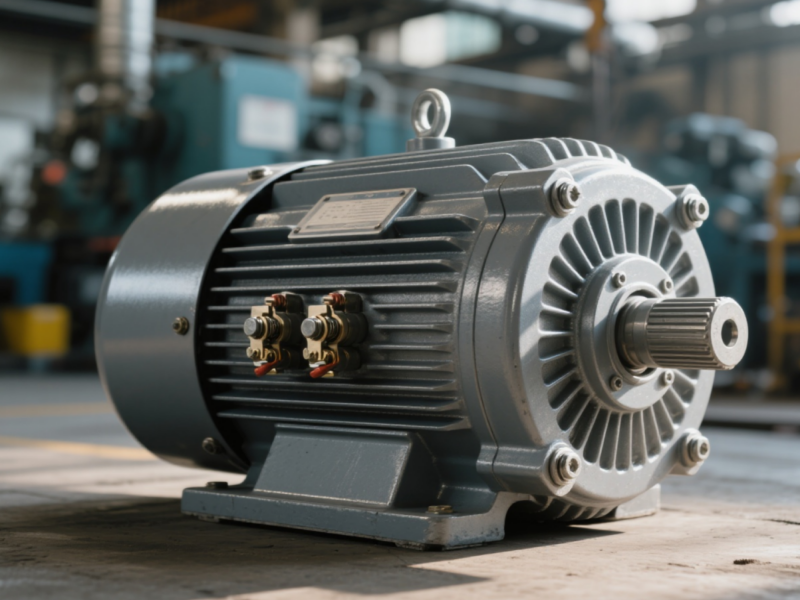What are the advantages of three-phase asynchronous motors compared to other motor types in crane applications?
Three-phase asynchronous motors dominate the crane sector, primarily due to their combined advantages in cost, reliability, robustness, and adaptability to modern controls.
Below is a detailed comparison with several other common motor types:
Core Advantages
| Advantage Dimension | Specific description |
| Cost-effectiveness | It has a simple structure, low manufacturing cost, and its price is much lower than that of DC or servo motors with the same power. |
| Extremely reliable | It has no commutator and brushes, has an extremely low failure rate, and can adapt to harsh industrial environments such as dust and vibration. |
| Strong and durable | High mechanical strength, impact resistance, minimal maintenance requirements and long service life. |
| Controlled Maturity | Combined with modern frequency converters, it realizes all-round control from simple to complex, and the technology is very mature. |
| Strong standardization | High degree of serialization and standardization, easy to obtain accessories and convenient replacement |
Detailed comparison with other motor types
To demonstrate its advantages more intuitively, we compare it with DC motors and permanent magnet synchronous motors (servo motors):
| Feature Dimensions | Induction Motor | DC Motor | PMSM |
| Cost | Low | High (especially for high power) | High (especially rare earth permanent magnets) |
| Reliability | High (brushless) | Low (brushes easily wear, requiring maintenance) | High |
| Maintenance Requirements | Very low | High (requires regular brush replacement and commutator cleaning) | Low |
| Speed Regulation | Good (via inverter), but slightly lower low-speed torque | Excellent (under traditional control) | Excellent (high precision, high dynamic response) |
| Efficiency | Higher | High | Very High |
| Environmental Adaptability | Strong (can be made explosion-proof and dust-proof) | Poor (brush sparking limits the environment) | Recommended, but caution is advised in strong magnetic environments |
| Starting Torque | Good (wound-type achieves high starting torque) | Very High | High |
| Applicable Scenarios | The main model of various crane mechanisms, especially trolleys, carriages, and medium-to-large hoists. | Old systems with certain speed control requirements but outdated technology. | High-end or specialized cranes (e.g., automated unmanned storage yards) with extreme requirements for positioning accuracy, dynamic response, and energy efficiency. |
Summary and Selection Recommendations
Three-phase asynchronous motors have become the undisputed mainstream in the crane industry thanks to their high reliability, low maintenance, low cost, and excellent speed regulation performance enabled by variable frequency technology. They are the preferred choice for most crane applications.
DC motors, due to drawbacks such as poor maintenance, have largely been phased out of the market and are only found in older equipment.
Permanent magnet synchronous motors represent a higher level of technology, offering advantages in efficiency, precision, and response speed, but at a higher cost. They are generally considered in high-end applications requiring extreme performance or automation.




